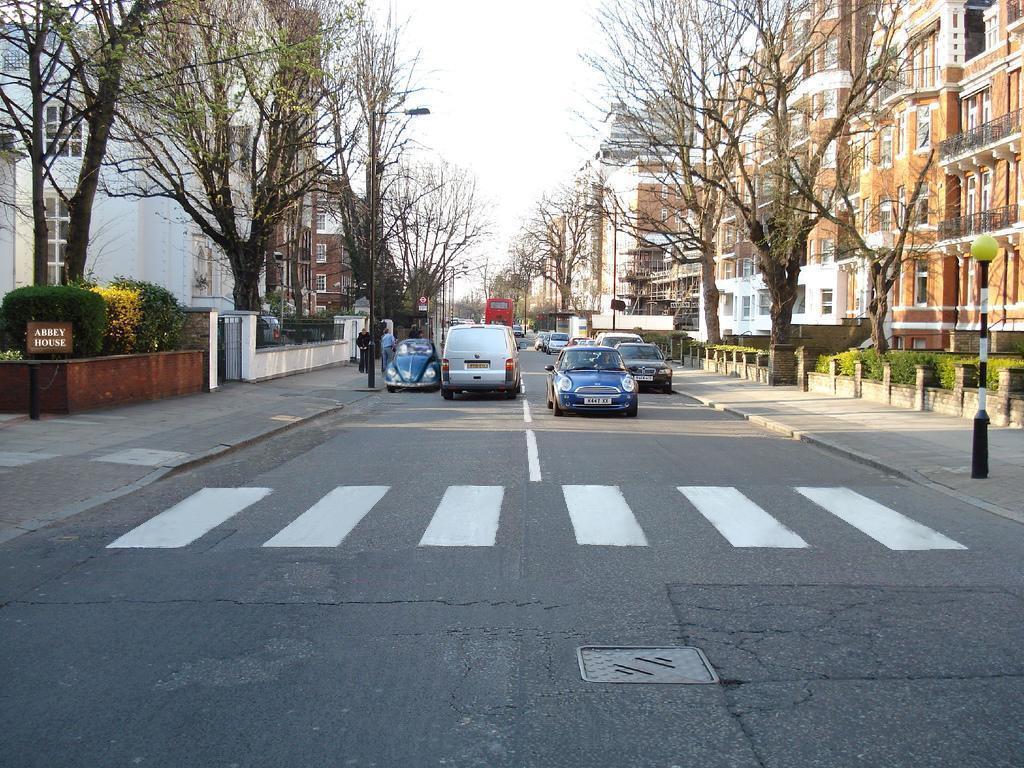This article, ‘I love cities, but they don’t all love me back,’ advocate for disabled says before Habitat IIIhttp://citiscope.org/habitatIII/news/2016/10/i-love-cities-they-dont-all-love-me-back-advocate-disabled-says-habitat-iii is taken from a forum called Habitat III, World Cities at a Crossroads. It shows the "breakthroughs, trends, and innovations from cities around the globe," and one the topics it deemed important was the discussion of what can be done in cities for those who are disabled in some manner. There were thoughts of putting up audio street signs for those who are visually impaired, making signs simpler to understand for those who are mentally impaired, and even making the sides of signs less sharp so that those who walked by would be less likely to injure themselves. Widespread plans toward acknowledging and accepting disabled people into public areas is needed, but with so many different types of disabled people, it is hard to come up with one solution that fits all needs. The U. N. Convention on the Rights of Persons with Disabilities came into affect in 2008, and in the countries where the treaty was ratified (United States not included), these countries are already working to create spaces that cater not only to the able but to those with special needs. A draft of the New Urban Agenda for the U. N. mentioned disabled people 12 times but hesitates to outline exactly what it will do concerning these people. Though progress is slow, disabled people are speaking out and beginning to have their voices heard when it comes to the built environment.
These two texts were very interesting and similar in many ways. Both deal with the issue of disabled person's accessibility to public and even private areas, and both argue that not enough is being done. The Habitat III article does a good job highlighting the different kinds of disabled people while the Teaching with Trauma article glosses over the various types of disabled and only really talks about wheelchair access. The Habitat III article speaks of policies that are being put into affect already to help provide access to the built environment to disabled individuals, while Teaching with Trauma does not identify any real laws going into place to help people. Perhaps the reason for this is because the Teaching with Trauma article speaks about policies in a particular area while the Habitat III article deals with protocols in places around the world.

